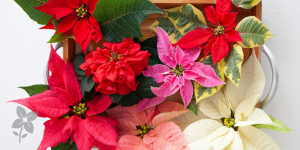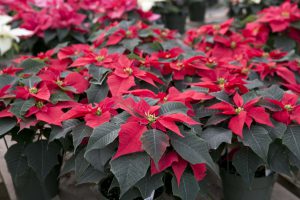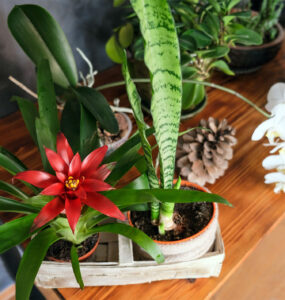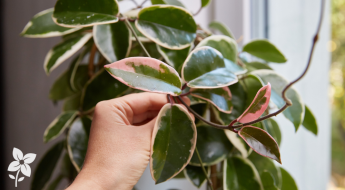Fighting Depression with Plants
by Rob Sproule
The Winter Blues
Plants and Mood
Indoor Lighting
We’ve so surrounded and saturated ourselves with technology that it’s a humbling reminder how much our moods depend on a force as uncontrollable as weather. When dark days descend and sunlight becomes scarce, many of us find ourselves slipping into winter blues.
Seasonal Affective Disorder (SAD), is a diagnosable illness that becomes more prevalent in countries farthest from the equator (that’s us). Between 6-15% of Canadians will endure some form of it, the overwhelming majority of them being women. SAD is much more serious than the common “blues,” which is a physiological reaction to winter that all of us feel in one way or the other.
The Winter Blues
We often underestimate the potent role the sun has on mood. Vitamin D is increasingly being linked to serotonin levels in our brains (the happiest neurotransmitter of them all). When the January sun barely limps over the horizon, the resultant chemical shift can make us drowsy, irritable, and downright blah.
Winter air is cold and dry, and scratchy throats, flaky knuckles and colds often ensue. Nature’s usually vibrant palette is globbed over with monochromatic white and grey, and snow piles that rise around us like mountains can make us feel helplessly claustrophobic.
It’s not as hard as you think! Get weekly common sense gardening tips from Rob.
Plants and Mood
Plants are astonishing. Their mere presence lowers our systolic blood pressure, improves our overall moods, and makes the air we breathe more humid. They remove toxins from our air, treat our colour-starved eyes to the vibrancy we’re pining for, and promises that spring, eventually, will return.
Canadian winters are juggernauts. We can feel very helpless, very quickly when the storm descends. On the other hand, watching seeds we planted germinate can flush out the helplessness with a wave of life-affirming purpose. Plant, tend, grow, eat, and repeat.
A lot of people who think that growing seeds is a spring-thing are amazed at the year-round bounty a sunny windowsill can provide. From salad greens and leafy herbs like chives and basil, to nutrient rich sprouts and micro greens, all we need to do is lay the seeds in the moist soil, provide proper light and nature will take it from there.
You can help your plants by increasing the humidity around them. Fill a tray with pebbles and water and set your plants on it (though not so they’re able to take up the water). The evaporating water will make it up to 50% more humid than the surrounding air. You can also help yourself, and your health, by installing a humidifier to keep household levels above 30%.
Indoor Lighting
Physiologically, plants react to light deprivation the same way we do. They get droopy, less vigorous, and their immune systems begin to lag. While a lagging immune system means a cold for us, it means pests like spider mite for plants.
With a sunny window you can grow many varieties of herbs and salad greens without supplemental lighting, even in the dead of winter. While they’ll grow, improving your mood as they do (and your health as you eat them), they may need supplemental lighting to thrive, especially if it’s a cloudy, gloomy winter.
While common fluorescent bulbs are better than nothing, they don’t provide the full spectrum. Plants photosynthesize within the red spectrum and use the blue spectrum for growth, so a full spectrum bulb is ideal.
Its effect on your seedlings aside, added full spectrum light is one of the best ways to shake off the winter blues. Vitamin D, which is linked to serotonin levels, is the only vitamin that is activated by light, specifically ultraviolet light, so some artificial sunshine may help a lot.
















